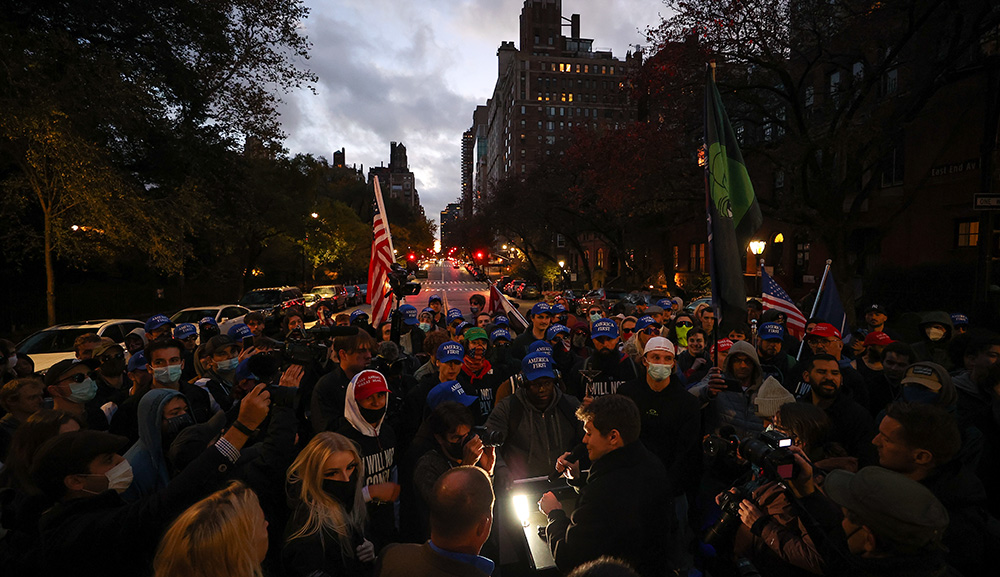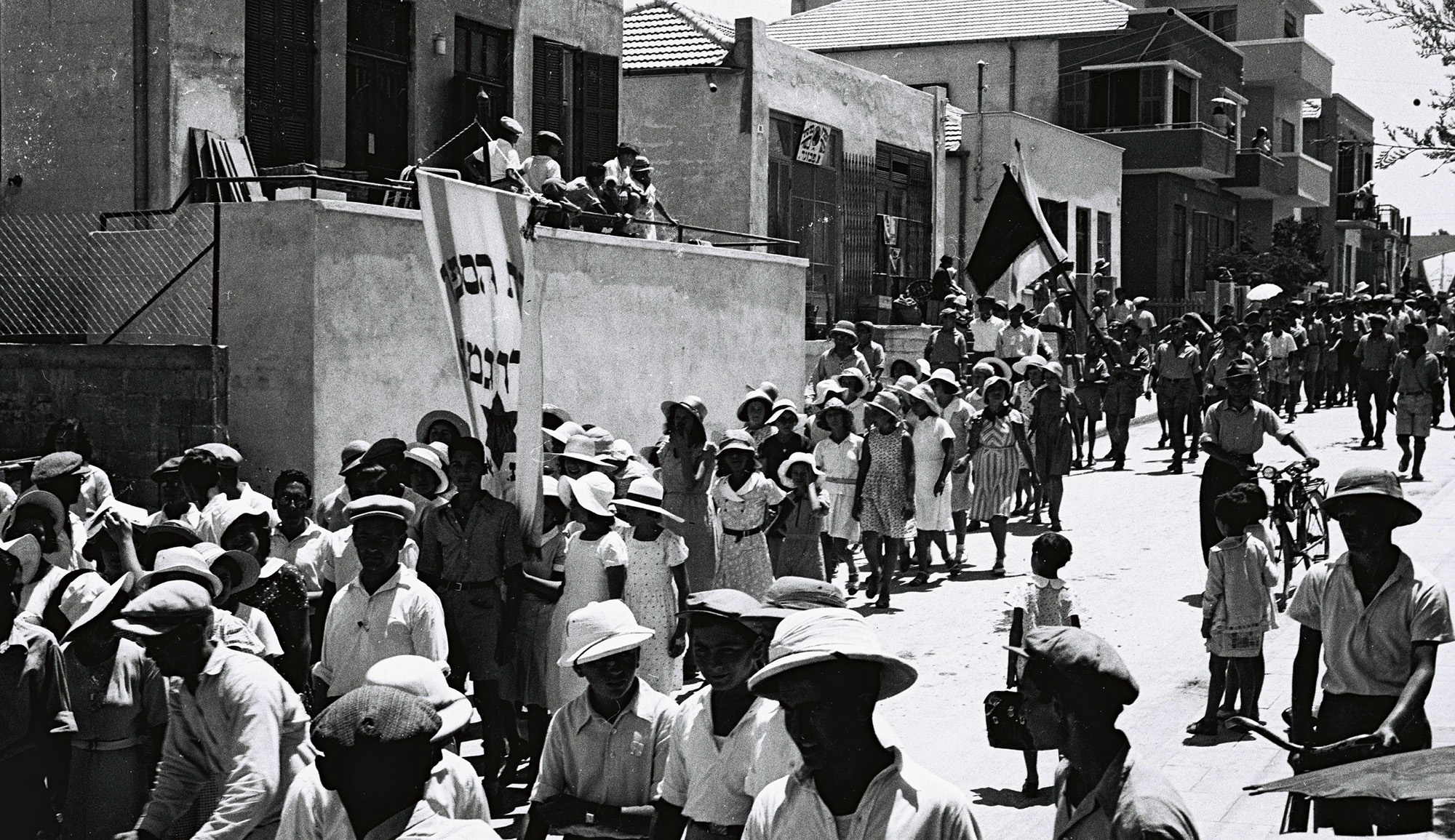Released in 1924, the silent film A City without Jews, based on a book of the same title, imagines the expulsion of Jews from Vienna under a radical anti-Semitic government, and was intended to be a satire of the contemporary mood in Austria. While the movie’s existence has long been known to historians, only in 2016 was a complete reel discovered. Renee Ghert-Zand writes:
A Jewish man is beaten up on the street. Jewish husbands are separated from their non-Jewish wives and children and deported on trains. A Jewish community, led by rabbis carrying Torah scrolls, marches down a dark road as it is banished from town. . . .
Although [the original] book has characters clearly based on political figures of the day, the film is a bit looser in its characterizations. Yet, it is clear in the film that the Christian Socialists, [a real and influential anti-Semitic party] have come to power led by the fictional Chancellor Dr. Schwerdtfeger, a fanatical anti-Semite. Convinced that the Jews are ruining the republic, he has the National Assembly pass a law forcing all Jews to emigrate by the end of the year. The Jews—religious and assimilated alike—leave, taking with them whatever belongings they can carry with them.
Soon, everything starts to fall apart. Commerce slows down, the cosmopolitan cafés revert to seedy taverns, and the national currency goes into free fall. Realizing the terrible mistake that has been done, the National Assembly decides to pass a law welcoming the Jews back. . . .
The fate of [the book’s] author, Hugo Bettauer, is one reason why the book and film have not been forgotten. A Jew who converted to . . . Christianity, [Bettauer] was lethally shot by a Nazi named Otto Rothstock. He died on March 26, 1925 at age fifty-two. . . . The film’s director, [however], went on to join the Nazi party.
More about: Anti-Semitism, Austria, Austrian Jewry, Film, History & Ideas, Holocaust, Vienna


